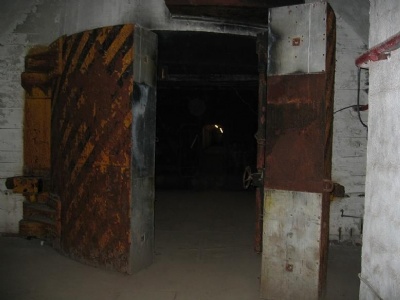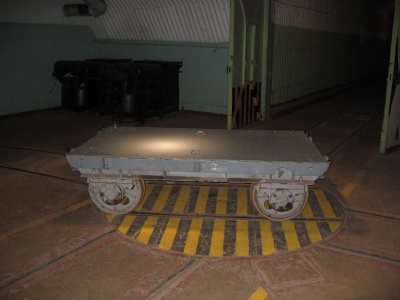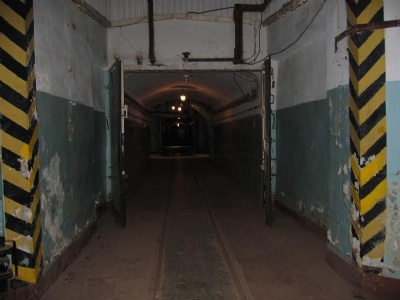Balaklava
Balaklava is a small village on the southern Crimean peninsula and the location of a secret Soviet submarine base. Stalin was frightened by the devastating effects the atomic bombs had on Hiroshima and Nagasaki. Therefore Stalin ordered the construction of a submarine base inside a rock safely enough to withstand a direct hit by an atomic bomb. In 1957 the base was complete and Balaklava literally disappeared from the map out of secrecy reason. Those who worked and lived in the village needed special passports to get in. Others were simply not allowed to get in. The choice of building a submarine base in Balaklava was that the village’s port was located inside a bay that could not be seen from the outside and protected by surrounding mountains. Balaklava was thus quite easy to isolate from the outside world. The nuclear submarines entered via a narrow passage built in to the rock from the sea and further into the rock. There they were repaired and maintained before they again set sail into the Black sea through another hidden opening. Those who worked in the submarine base worked in shifts and each shift had its special tasks. It was strictly forbidden to talk about their duties and the employees were constantly supervised by political commissars. When the Soviet Union collapsed in 1991, the submarine base continued to exist until it 1993. In 1996 the last Russian submarine left the base. The base was then abandoned and locals looted everything of value.
Current status: Preserved with museum (2007).
Location: 44°30'03.4"N 33°35'47.5"E
Get there: Car.
Follow up in books: Gaddis, John Lewis: The Cold War: A New History (2006).



Even if the technical equipment is gone, it is really exciting to wander around inside the mountain. Thoughts go undeniably to the James Bond movie, The Spy who Loved me (1977). In 2007, the museum could only be visited in the company of a guide. Expect that the English language skills are non-existent both at the museum and in Balaklava.